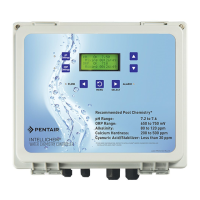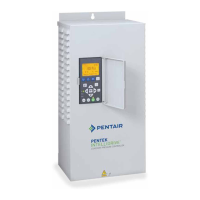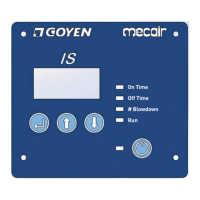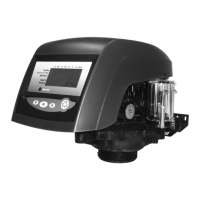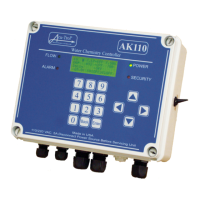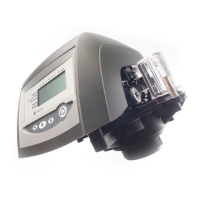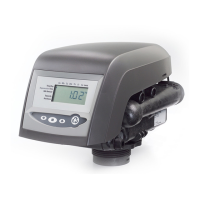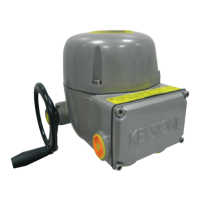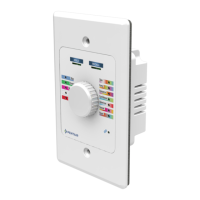INTELLICHEM
®
Controller Installation and User’s Guide
INTELLICHEM
®
Controller Installation and User’s Guide
27
Using the Langelier Saturation Index (LSI) to Diagnose Water
Balance
Use the Langelier Saturation Index (LSI) calculator to diagnose the water balance in
your pool. Water with a LSI of 1.0 is one unit above a balanced condition. Reducing the
factors by 1 unit will bring the water into equilibrium. To use the LSI calculator, refer to:
http://www.pentairpool.com/support/calculators/langelier/index.htm
Optimum Pool Water Chemistry Conditions for Salt Water Pools
(using the IntelliChlor
®
Salt Chlorine Generator (SCG)
In accordance with the Association of Pool and Spa Professionals (APSP)
standards, it is recommended that the pool water chemistry conditions (see page
21) be maintained on an on going basis to help protect pool users, pool related
equipment and surfaces in and around the pool. These values are important to
maintaining the pool equipment in proper operating condition and preventing corrosion,
liming or other problems. The IntelliChlor (SCG) is warranted to operate properly only
if these conditions are met. For more information, refer to your local agency having
jurisdiction, NSPI (National Spa and Pool Institute), the CDC (Centers for Disease
Control), or the WHO (World Health Organization). Recommended pool water chemistry is
given below:
Free Chlorine: 2.0 - 4.0 ppm. Above 4.0 ppm may cause corrosion of metal components
Combined Chlorine (Chloramines): None (super chlorinate to remove all chloramines)
pH: 7.2 - 7.8 (USE MURIATIC ACID to lower pH and Soda Ash to raise pH.)
Cyanuric Acid: 30 - 50 ppm
Total Alkalinity: 80 - 120 ppm
Calcium Hardness: 200 - 400 ppm
TDS (includes salt): 3000 minium to 5700 to 6000 maximum ppm
Salt: 3000 - 4500 ppm (ideal 3400 ppm)
Metals (Copper, Iron, Manganese): None
Nitrates: None - Phosphates: Less than 125 ppb
Cyanuric Acid: Cyanuric acid is needed in outdoor pools to help to stabilize and maintain
proper levels of chlorine. 90% of unstabilized chlorine is destroyed by the UV radiation
from the sun. Cyanuric acid stabilizes chlorine in water from UV degradation. When using
the IntelliChlor SCG, the cyanuric acid level should be maintained between 30-50 ppm.
Total Alkalinity
APSP’s recommended ideal range for total alkalinity is 80 to 120 ppm for “gunite” and
concrete pools and 125-170 ppm for painted, vinyl, and fiberglass pools. Test levels
weekly and adjust according to your pool professional’s recommendations. Total Al-
kalinity can be described as a buffer that keeps pH in order. pH depends on the ability
of the total alkalinity in the water to withstand the changes in pH. If the total alkalinity
is too high, adding acid (similar to pH) lowers the level. Adding a base (e.g sodium
bicarbonate) when total alkalinity is low, raises the level. The level of total alkalinity in
the water is a measurement of all carbonates, bicarbonates, hydroxides, and other
alkaline substances found in the pool water.
Sat Index Overview (Continued)
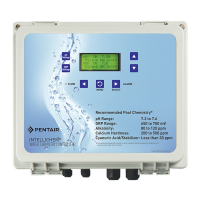
